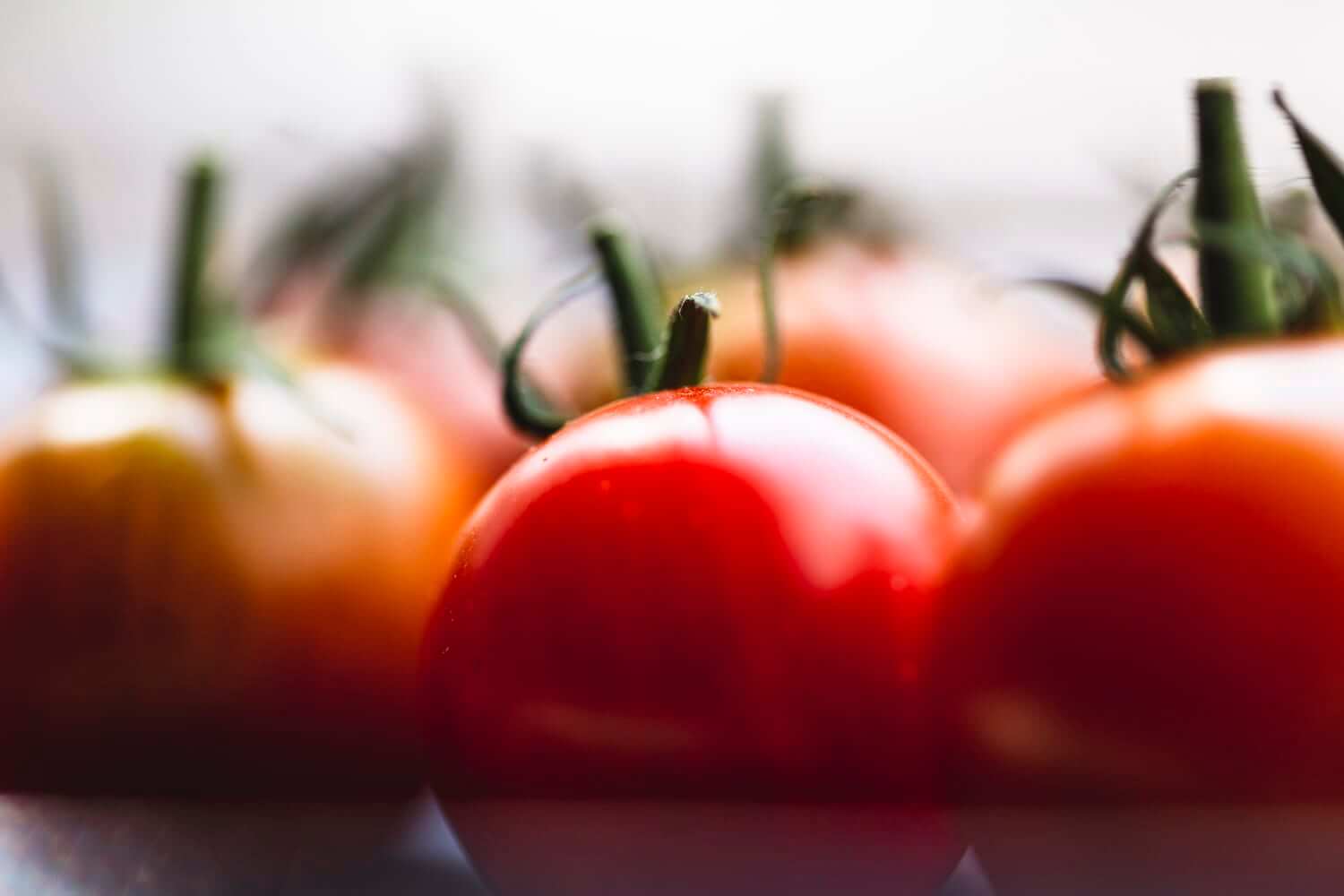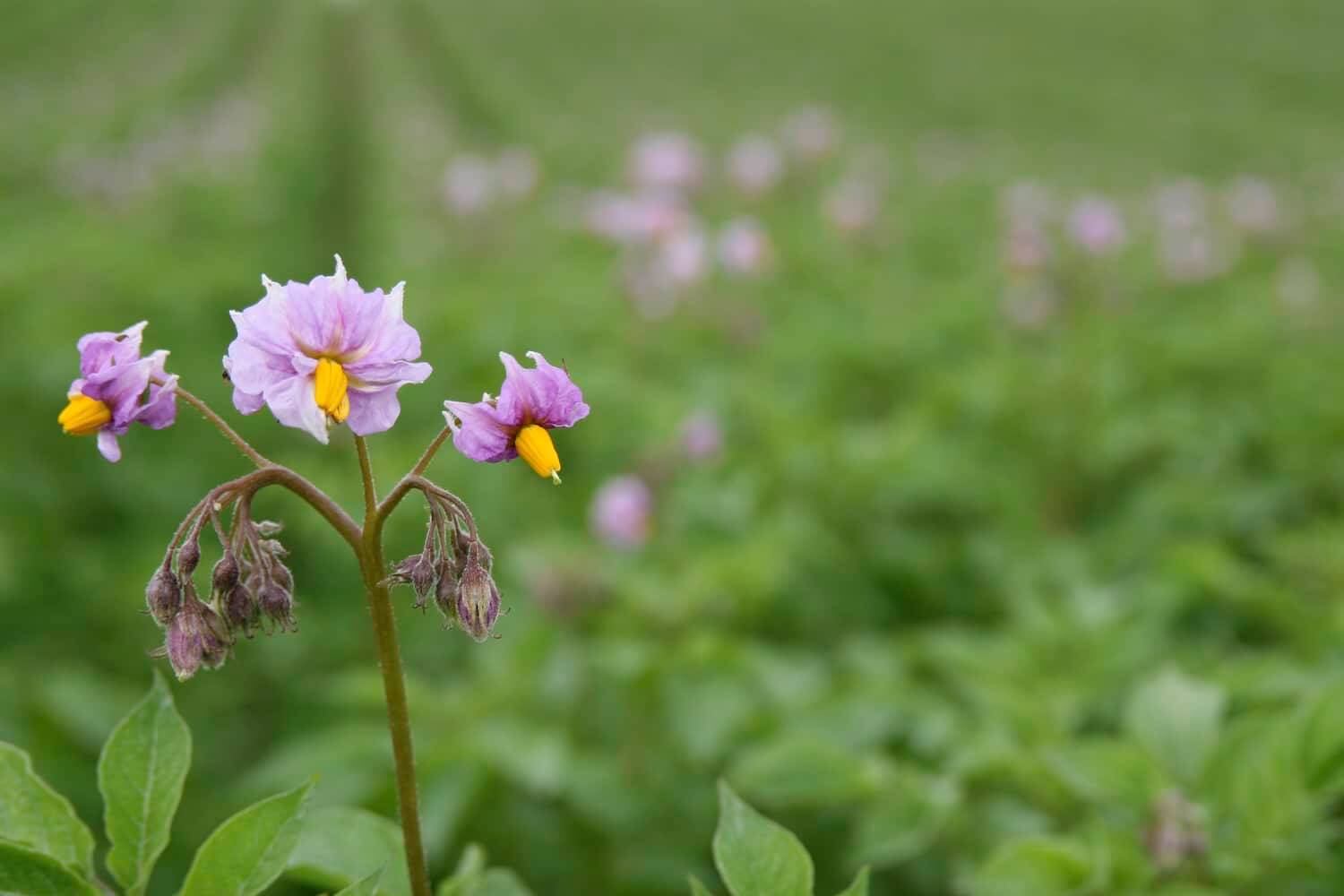Who remembers the ‘courgette crisis’ of December 2018? Or Storm Gloria in 2020, with its golf-ball sized hailstorms decimating hectares of salad glasshouses in Almeria? And then there’s this week’s ‘tomato troubles’, as they will perhaps be dubbed, where photos of bare shelves have been posted across social media, and everyone from politicians to popstars has got involved. But look beyond the short-term news cycle, and there is a pattern emerging here that isn’t so hard to spot: weather in Spain, one of the UK’s biggest suppliers of fresh produce, is becoming more erratic and unpredictable.
Yes, Brexit may well have played a part in the recent tomato shortages, as many have speculated. It’s certainly still a huge issue, adding costs and admin headaches for many working in the industry. Who could blame a Spanish exporter for choosing a buyer closer to home, with the same currency and fewer miles? But the big story which is rarely discussed around these short-term weather events – be that pepper shortages or summer heatwaves – is that they are not isolated, but connected. A changing climate is significantly, and rapidly, transforming what we can grow where, and, as a result, changing the face of our whole food supply.
This latest shortage does highlight the power of longstanding relationships and mutual respect between growers and buyers. Riverford, which has bought directly from Spanish tomato grower Paco for several decades, has been somewhat protected from the current shortages, and maintained supply (although with lower volumes). There is also something to be said for using it as a reminder of seasonality. In the UK, there is a wealth of homegrown veg in season at this time which we could happily eat instead – from leeks to root veg, or delicious bitter leaves and salad crops, bursting with flavour and freshness.
Isn’t the real worry our inability to see the long-term pattern? Across the UK, we seem to still be eating according to the more stable climate patterns of 50 years ago. Today, it’s a very different story, but our choices, lifestyles, and diets have yet to catch up.













I was looking forward to reading Wicked Leeks’ take on the ‘tomato troubles’, especially after one headline in a ‘mainstream’ paper: ‘What do we want? Tomatoes! When do we want them? Now!’ and another, paraphrasing Therese Coffey: ‘let them eat turnips’ with a special cut-and-keep pic of a turnip ‘for the peasants’.
It’s not only our inability to see the long-term pattern of the impact of climate change that’s my real worry; it’s also the media continuing to push this convention that the customer demands any produce from anywhere, any time of year and as cheaply as possible. We didn’t demand seasonless, standardised, plastic-wrapped fruit and veg until the supermarkets educated us into their way of thinking. How do we re-educate ourselves to counter the power of the supermarkets and get a decent diet without getting into the class warfare of who tells who to eat what?
I like turnips, anyway. But then I would, wouldn’t I?
Dear Riverford.
Please can we have radicchio?
I love it in risotto, with fish and roasted (ideally with red grapes but that’s not necessary).
Thanks (in anticipation).
PS But not too many parsnips …
I asked them why no Radicchio and this is what they said: “We normally get radicchio available towards the end of summer, so keep an eye on the website in a few months time”.
I can’t remember any being offered at the end of last summer. I’m sure it can be harvested during the winter.